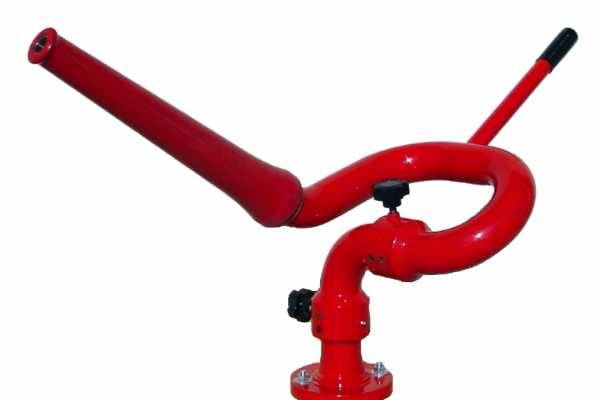

Easy programming (as in any Abyzz pump) and the possibility to link to external controllers offers a wide field of application. The integrated flow straightener provides a laminar and powerful water movement. The special prop design and a well designed hydraulic lets the pump operate with almost no noise or vibration. Several mounting options are offered to suit any needs and due to many available mounting points, even a customer specific mounting can be done very easily. This composition ensures a long lifetime, thus granting highest sustainability and lowest carbon footprint. With the silicon carbide bearings and special hard metal shaft, ensures low-maintenance operation.Īll metal parts are made out of titanium grade 2 and other parts are made out of high quality plastics. The integrated bearing flushing provides optimum protection against calcification and, in conjunction Containing a very energy efficient motor and providing the exact adjustment for your application, it offers a very energy-saving solution. The innovative Abyzz Flow Cannon AFC150 “compact” with its high-end design including a titanium rotor unit and titanium housing consists of the pump itself and a powerful and programmable driver. Air Force Convair 990 aircraft F-18 F/A-18 Pegasus space launch vehicle C-140 Jetstar Laminar Flow Control F-111 Mission Adaptive Wing F-14 X-29 vortex flow control Hughes Aircraft Co.Abyzz has just unveiled a brand-new product, the Abyzz Flow Cannon AFC150, which they will begin shipping next week from their German headquarters. Gordon Fullerton National Aeronautics and Space Administration NASA Dryden Flight Research Center Edwards-California B-52 747 Shuttle Carrier Aircraft SCA astronaut U.S. His retirement from NASA was effective Dec. He retired from the Air Force in 1988 as a colonel after 30 years of active service. Fullerton also served as Associate Director of Flight Operations and chief of the flight crew branch in later years.ĭuring his long career, Fullerton logged more than 16,000 flying hours. He also was project pilot for a number of research projects involving Dryden's now-retired B-52B mothership, and piloted NASA's DC-8 science laboratory on world-wide missions. He joined the flight crew branch at NASA Dryden after leaving the astronaut corps in 1986.ĭuring his 21 years at Dryden, Fullerton was project pilot on a number of high-profile research efforts, including the Propulsion Controlled Aircraft, the high-speed landing tests of space shuttle landing gear components installed on a modified Convair 990 jetliner, the C-140 JetStar Laminar Flow Control, F-111 Mission Adaptive Wing, F-14 Variable Sweep Flow Transition, X-29 Vortex Flow Control, the Russian Tu-144LL supersonic transport evaluation and Dryden's F-18 Systems Research Aircraft projects. He then logged some 382 hours in space when he flew on two early space shuttle missions, STS-3 on Columbia in 1982 and STS-51F on Challenger in 1985. He served on the support crews for the Apollo 14, 15, 16 and 17 lunar missions, and was later assigned to one of the two flight crews that piloted the space shuttle prototype Enterprise during the Approach and Landing Test program at Dryden. Upon cancellation of that program, the Air Force assigned Fullerton to NASA's astronaut corps in 1969.

He then was assigned to the flight crew for the planned Air Force Manned Orbital Laboratory in 1966. Initially trained as a fighter pilot, he later transitioned to multi-engine bombers and became a bomber operations test pilot after attending the Air Force Aerospace Research Pilot School at Edwards Air Force Base, Calif. Air Force in 1958 after earning bachelor's and master's degrees in mechanical engineering from the California Institute of Technology. Fullerton and Dryden research pilot Jim Smolka flew a 90-minute pilot proficiency formation aerobatics flight with another Dryden F/A-18 and a Dryden T-38 before concluding with two low-level formation flyovers of Dryden before landing.įullerton was honored with a water-cannon spray arch provided by two fire trucks from the Edwards Air Force Base fire department as he taxied the F/A-18 up to the Dryden ramp, and was then greeted by his wife Marie and several hundred Dryden staff after his final flight.įullerton began his flying career with the U.S. Gordon Fullerton capped an almost 50-year flying career, including more than 38 years with NASA, with a final flight in a NASA F/A-18 on Dec. Long-time NASA Dryden research pilot and former astronaut C. NASA Dryden F-18 Chase Aircraft Photo Collectionį-18 Chase Aircraft > Photo # ED07-0294-12Ī water-cannon salute from two Air Force fire trucks heralds NASA research pilot Gordon Fullerton's final mission as his NASA F/A-18 taxis beneath the spray.


 0 kommentar(er)
0 kommentar(er)
